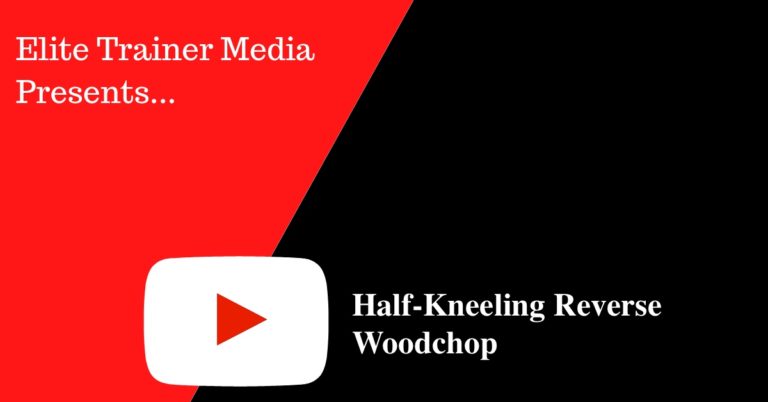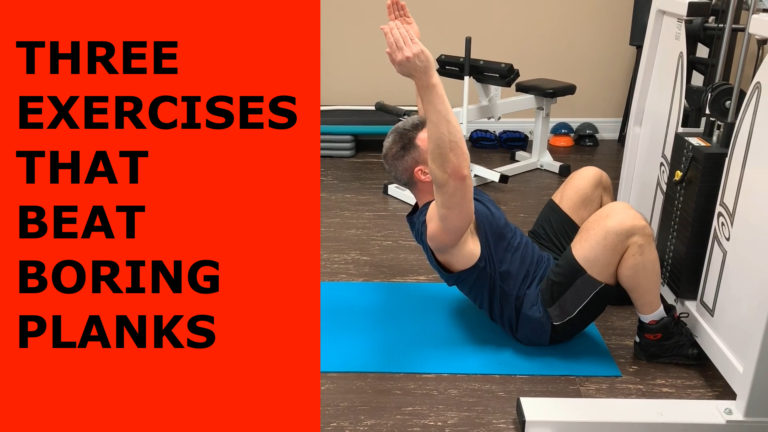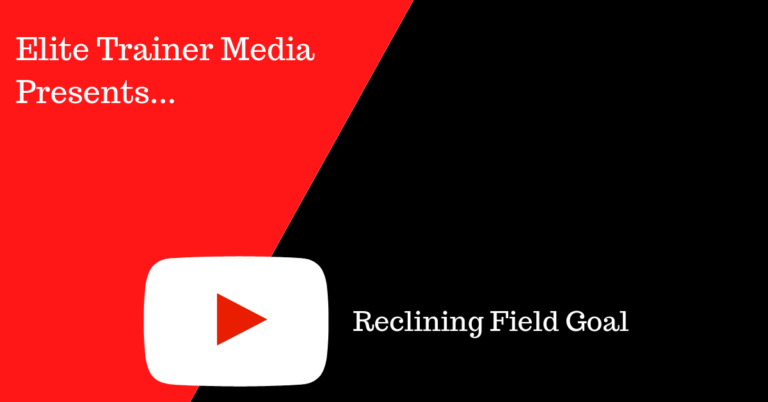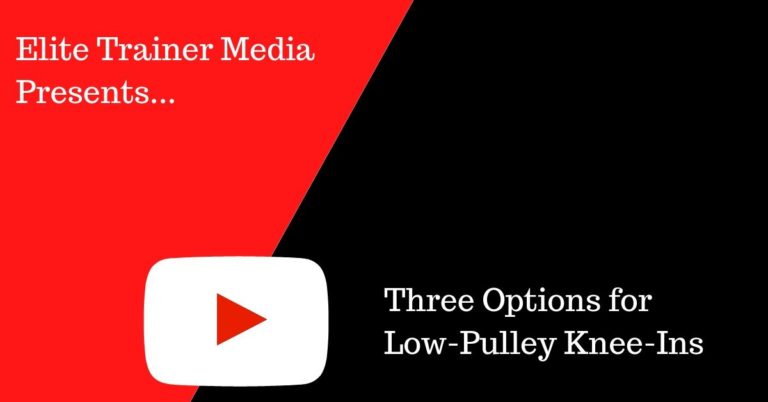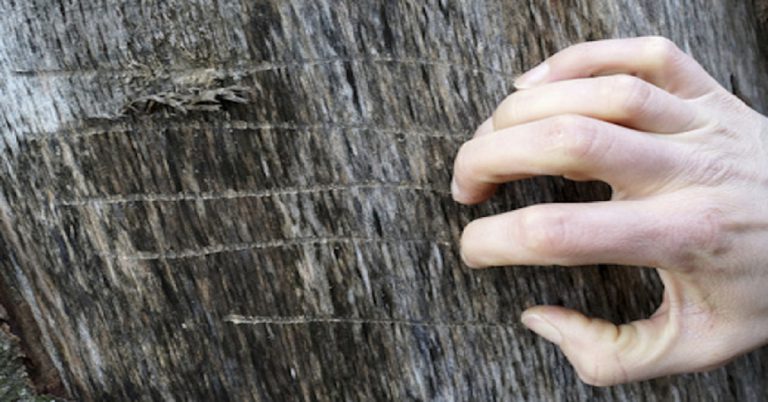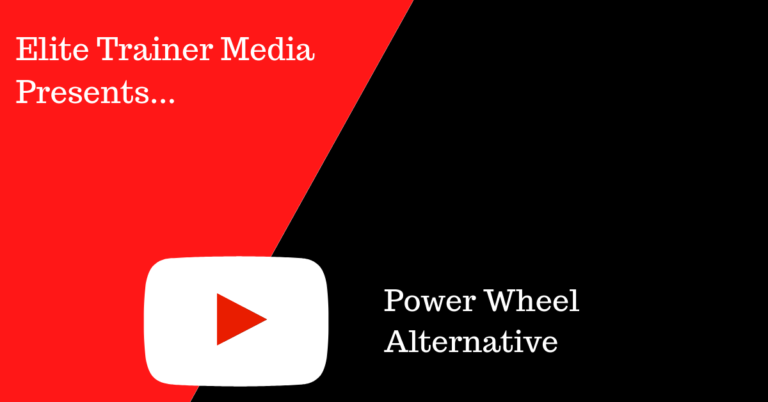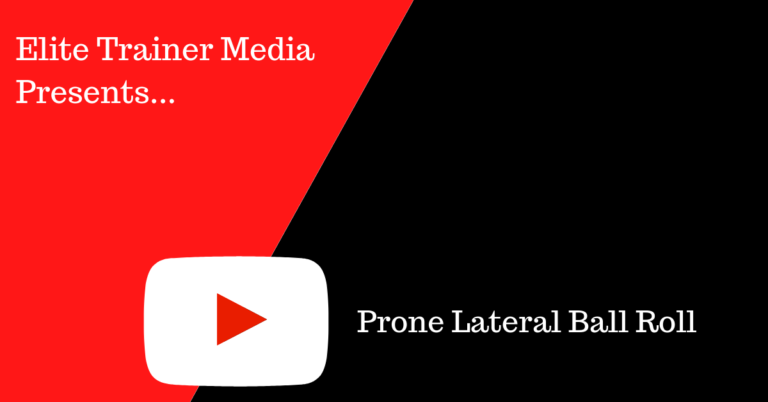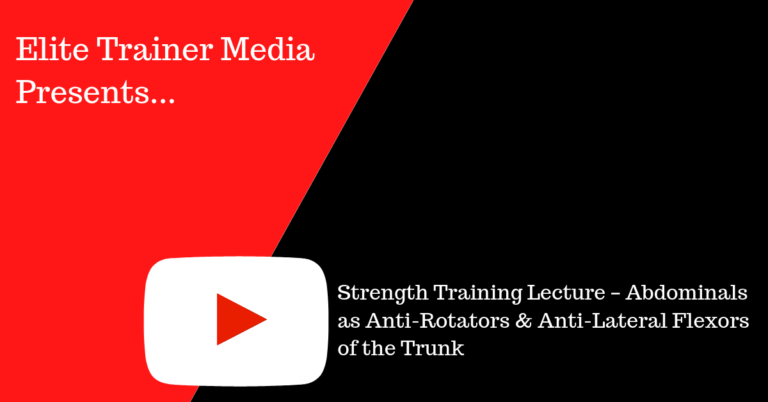The half-kneeling reverse woodchop is a great “spine-friendly” core exercise. If you don’t have access to a machine, use a dumbbell. Give it a shot!
The front plank is a popular exercise to promote core stability. Sure, it carries some benefits and there are ways to make it more difficult. Problem is, holding any static position for more than ten seconds is boring! For that reason, most guys in the gym avoid doing them. Instead of holding a front plank…
I discovered this unique abdominal exercise about a decade ago in the e-book The Bodybuilding Truth by Nelson Montana. According to Montana, abdominal development is genetically determined, and classic movements such as sit-ups and leg raises are ineffective for the abdominals but extremely effective for the psoas (hip flexor) muscles. Montana believes that the abdominals…
Many health and fitness misconceptions exist. For instance, we’re told to eat a high carbohydrate breakfast to fuel up and kickstart the day with plenty of energy. Unfortunately, for many this leads to a midmorning slump, extreme cravings and hunger throughout the day, and a layer of fat around their midsection that seems to persist…
The supine knee-in is an effective abdominal exercise when performed correctly. In most gyms you’ll see a medicine ball or dumbbell held between the feet for resistance during knee-ins, but since the weight is acting downward, this tends to over-activate the hip flexor muscles to keep the weight up off the ground. A much better…
For more information, check out Muscle Devices And Weight Room Alternatives.
In some cases it’s best to count reps, and in other cases it’s best to regulate the time under tension. The prone lateral ball roll is an example of where it’s best to assign a time (like 30 seconds) rather than a rep number.
In some cases it’s best to count reps, and in other cases it’s best to regulate the time under tension. The lower Russian twist is an example of where it’s best to assign a time (like 30 seconds) rather than a rep number.
Here’s part of my presentation at the 2012 Conference of the Ontario Kinesiology Association.

